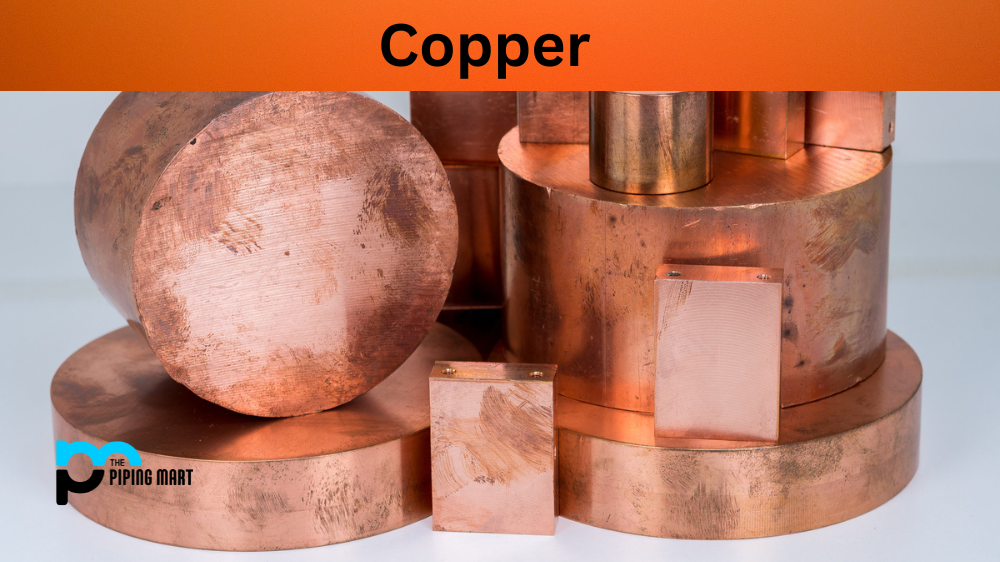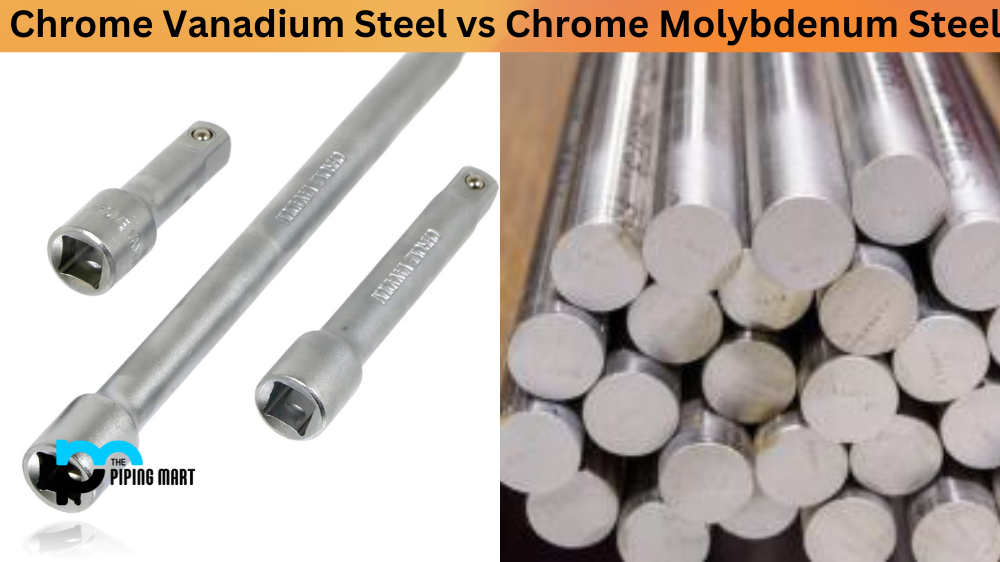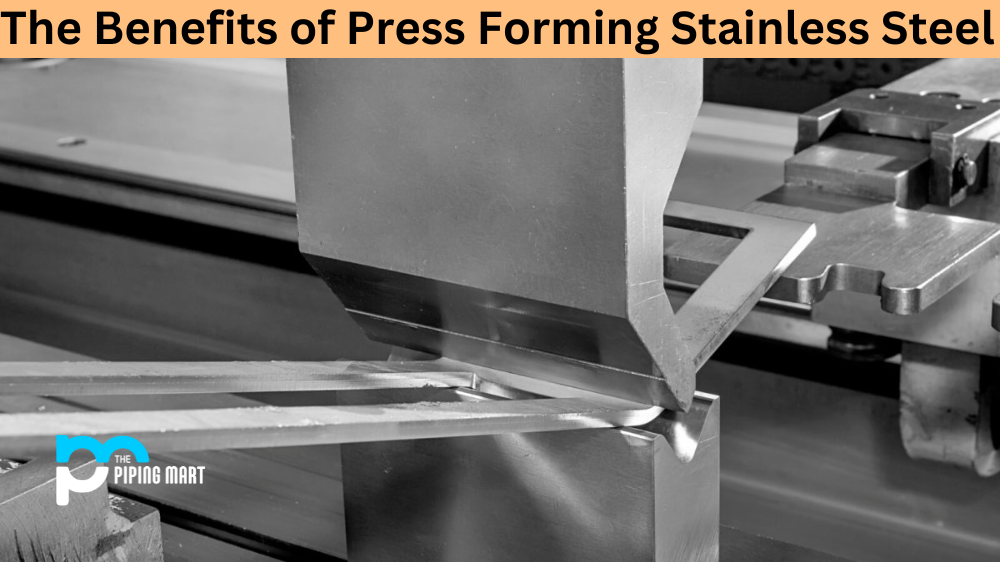Steel is a versatile and popular material used in civil engineering. It has a unique combination of properties, making it highly durable, strong, and flexible for various construction applications. Steel comes in different types with varying compositions, making it suitable for various construction purposes. But with the variety of steel available in the market — from carbon steel to alloy steel — it can be challenging to understand their differences. In this blog post, I’ll provide an expert guide to the different types of steel in civil engineering.
Carbon Steel
This is the most commonly used type of steel in civil engineering. It is an iron and carbon alloy containing less than 2.1% carbon. Carbon steel is highly durable and robust, making it ideal for construction projects that require high load-bearing capacity. It is also readily available and affordable, making it the go-to choice for many construction applications.
Alloy Steel
Alloy steel is another type of steel that is popular in civil engineering. It combines carbon steel and elements such as manganese, nickel, chromium, and vanadium. Alloy steel is highly corrosion-resistant, making it ideal for construction projects in harsh environments. Its resistance to wear and tear makes it suitable for high-stress construction applications.
Stainless Steel
Stainless steel is a type of steel that contains at least 10.5% chromium. It has excellent corrosion resistance, making it perfect for construction projects in areas where high humidity, saltwater, and other corrosive factors are present. Stainless steel is also highly durable and easy to maintain, making it ideal for high-end construction projects.
High-Strength Steel
High-strength steel is a type of steel commonly used for construction projects that require high load-bearing capacity in a lightweight material. It is an alloy of carbon steel and various other elements, such as manganese, silicon, and aluminium. High-strength steel is highly resistant to wear and tear and ideal for construction projects such as bridges, skyscrapers, and other structures that require high strength.
Weathering Steel
Weathering steel is a type of steel that contains alloys such as copper, nickel, and chromium. It has excellent corrosion resistance and is ideal for construction projects in areas with high humidity or air pollution. Weathering steel is highly durable and requires minimal maintenance, making it perfect for outdoor construction projects such as bridges, sculptures, and other artworks.
Tool steel
Tool steel is vital in civil engineering, being resistant to abrasion and deformation while offering excellent durability. Due to its strength and support properties, it is used in areas requiring high performance, such as the construction of bridges and large buildings. It is also used for creating tools that are needed regularly during civil engineering operations.
Conclusion
In conclusion, understanding the different types of steel in civil engineering is critical for choosing a suitable material for your construction project. Carbon steel is the most commonly used type, while alloy, stainless, high-strength, and weathering steel are other noteworthy alternatives. Each type of steel has unique properties that make it suitable for different construction applications. Whether you’re building a bridge, a skyscraper, or any other large-scale construction project, the type of steel you choose will ultimately influence its reliability, strength, durability, and longevity. Therefore, working with an expert in civil engineering can help you choose the most suitable type of steel for your project and ensure that it meets all the necessary standards and regulations.

A passionate metal industry expert and blogger. With over 5 years of experience in the field, Palak brings a wealth of knowledge and insight to her writing. Whether discussing the latest trends in the metal industry or sharing tips, she is dedicated to helping others succeed in the metal industry.




